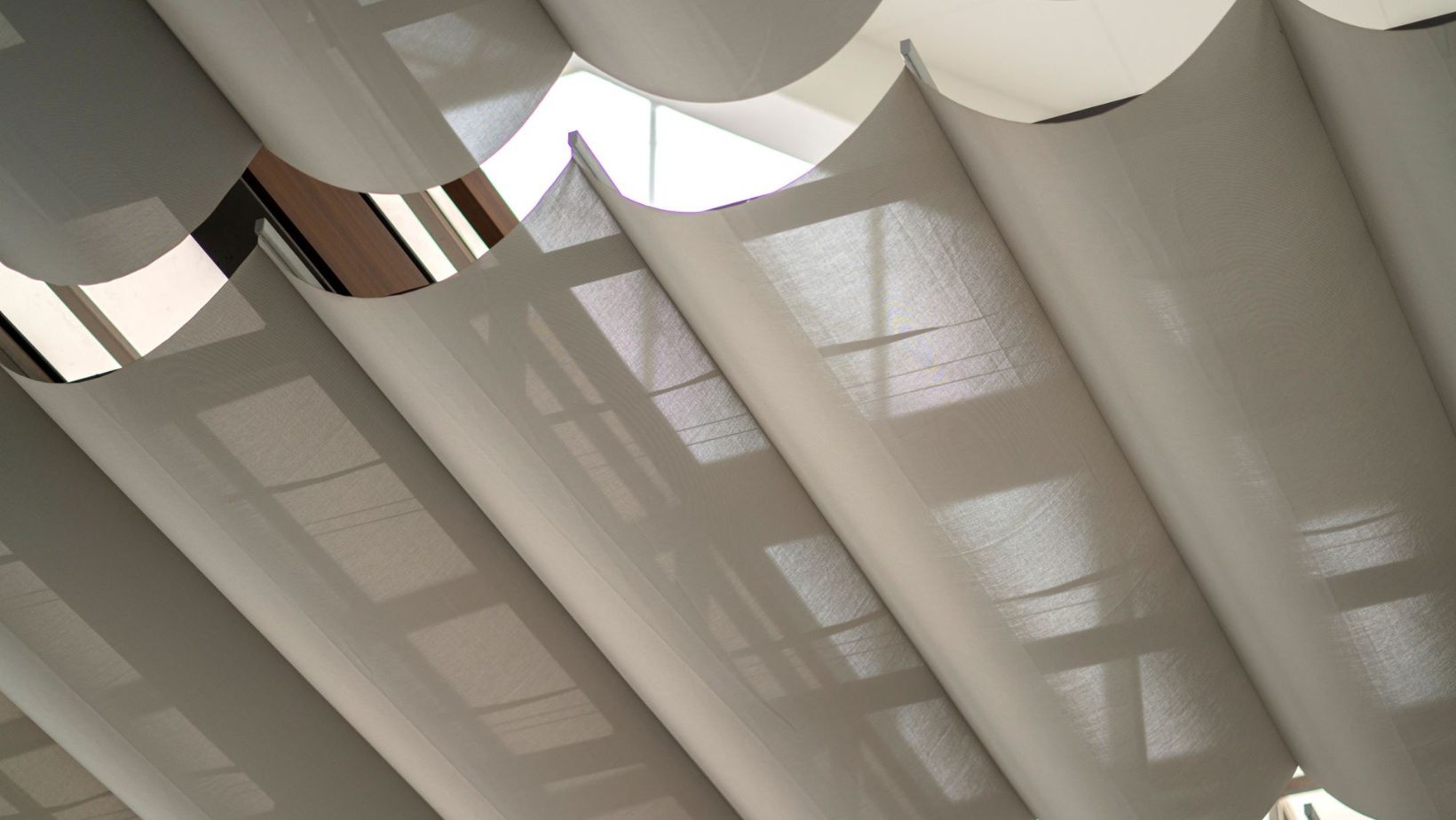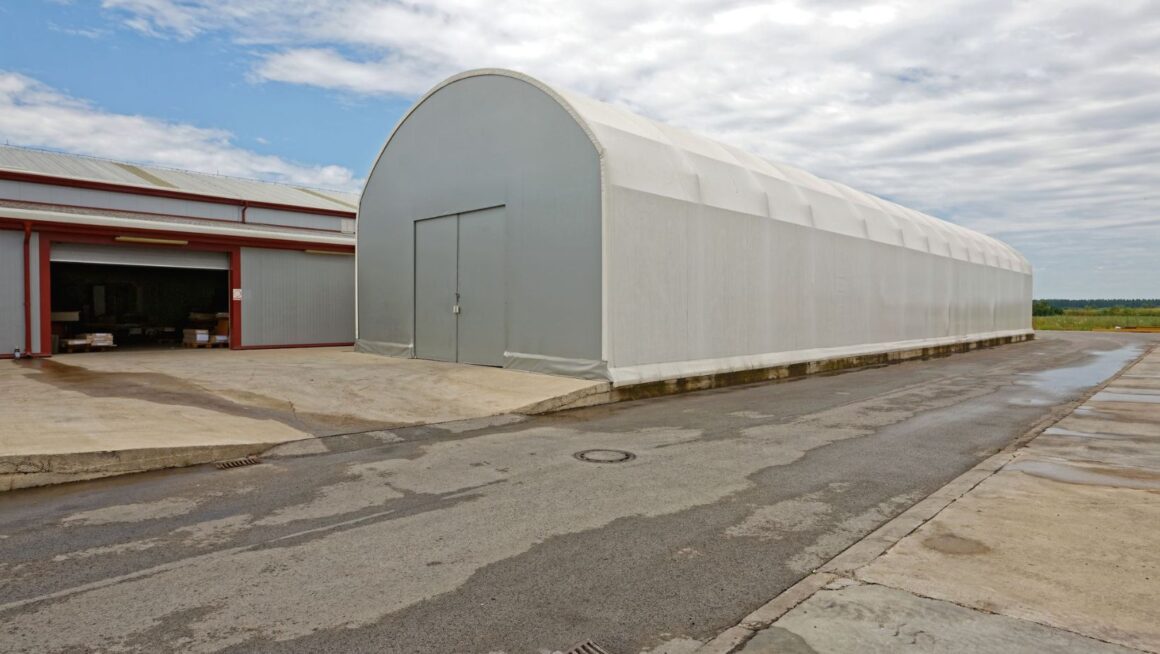In the modern business landscape, companies are increasingly turning to innovative solutions to address their infrastructural needs. Among these solutions, fabric structures have emerged as a versatile and cost-effective option. Suited for various applications, from warehousing and storage to retail spaces and event hosting, these structures offer numerous advantages, including flexibility, durability, and quick construction times.
This article delves into what you should know about fabric structures for businesses.
Understanding Fabric Structures
Fabric structures are engineered buildings with rigid frames and lightweight fabric membranes. The design and material allow for expansive clear spans that traditional buildings cannot match without internal support. This architectural freedom maximizes usable space and provides the flexibility to host various activities and operations.
However, if your business is considering such constructions, there are key factors to consider. To learn more detailed information about fabric structures, you may check out reliable online resources that provide comprehensive insights into selecting, installing, and maintaining these innovative building solutions.
Advantages Of Fabric Structures For Businesses
Fabric structures offer many advantages for businesses seeking efficient, cost-effective building solutions. These include:
Cost-Effectiveness
One of the primary benefits of fabric buildings is their cost efficiency. The materials and construction processes involved typically require less labor and time than traditional construction, resulting in lower overall costs.
Speed Of Construction
Fabric structures can be deployed rapidly compared to their brick-and-mortar counterparts. This swift construction allows businesses to respond quickly to market demands or operational needs, minimizing downtime and enabling faster scaling of operations.
Durability And Maintenance
Made from advanced, weather-resistant fabrics, these structures are designed to withstand harsh conditions, from heavy snow to high winds. The durability extends to the structure’s resistance to mold, mildew, and corrosion, reducing maintenance needs and extending the investment’s lifespan.
Energy Efficiency
The translucency of certain fabrics used in these structures can provide natural daylighting, reducing the need for artificial lighting and thereby lowering energy costs.

The materials and design can also offer better insulation and ventilation, which helps maintain a more consistent internal environment.
Versatility
Fabric structures can be customized to suit various needs, from temporary shelters that can be relocated as required to permanent installations designed for long-term use. They can be adapted for different uses, including retail spaces, exhibition halls, manufacturing facilities, and sports facilities.
Applications In Different Industries
Fabric structures are versatile and beneficial across multiple industries, revolutionizing how businesses utilize physical spaces. Below are the various applications of fabric structures:
Retail And Commercial
Fabric structures can provide retail businesses with distinctive, eye-catching spaces that significantly enhance customer attraction. Their unique aesthetic and design flexibility allow for custom branding and theming, which are crucial in competitive retail environments.
Moreover, their mobility and ease of assembly make them perfect for seasonal stores, pop-up shops, or any retail business that needs to relocate and reconfigure its selling spaces quickly without substantial downtime.
Industrial And Manufacturing
Fabric structures are a practical and economical choice for industrial uses, offering extensive, unobstructed interiors that facilitate the efficient movement of machinery and the optimal arrangement of storage. Their durability and easy maintenance can make them ideal for housing sensitive equipment, large-scale manufacturing operations, warehousing, and bulk storage.
The quick setup and breakdown capabilities also allow businesses to expand their operational space or relocate facilities with minimal disruption to ongoing operations.
Agriculture
In the agricultural sector, fabric structures are highly valued for creating controlled environments for storing machinery, livestock, and perishable products like feed. The structures’ ventilation options are essential for maintaining air quality and temperature control, which can significantly impact livestock health and the quality of stored goods. These buildings can be easily expanded, reconfigured, or moved, providing farmers with flexible solutions that adapt to seasonal needs and business growth.
Event Hosting
Fabric structures are increasingly popular for events. They provide customizable and scalable venues that can accommodate everything from small gatherings to large-scale exhibitions or sports events. Their quick setup and takedown capabilities allow rapid event cycling with minimal logistical hassle.
Furthermore, these structures can be equipped with various amenities, such as climate control, lighting, and sound systems, tailored to meet specific event requirements, ensuring functionality and aesthetic appeal.
Maintenance And Longevity Tips
To fully leverage the advantages of fabric structures, implementing a rigorous maintenance regimen is essential. Typically, ensuring the longevity and performance of these structures involves several key practices:

- Regular Inspections: Periodically, conduct thorough inspections of the fabric cover and structural components to identify potential issues before they escalate.
- Routine Cleaning: Keep the fabric cover clean to prevent dirt buildup and degradation from environmental factors. Use appropriate cleaning agents and methods specified by the manufacturer.
- Post-Weather Checks: After extreme weather events, inspecting the structure for any damage or wear that may compromise its safety and functionality is crucial.
- Component Monitoring: Regularly check all structural components, such as joints and anchoring systems, to ensure they’re secure and intact. This can help prevent structural failures and extend the lifespan of the building.
By adhering to these maintenance steps, you can ensure that fabric structures remain safe, functional, and visually appealing, maximizing their utility and return on investment.
Conclusion
Fabric structures represent a smart choice for many businesses looking to expand or optimize their operational spaces. These structures can meet diverse needs across industries, with benefits ranging from cost savings and rapid deployment to durability and environmental efficiency. Lastly, by considering your operations’ specific requirements and following proper maintenance practices, your business can make the most of this innovative solution for years to come.

